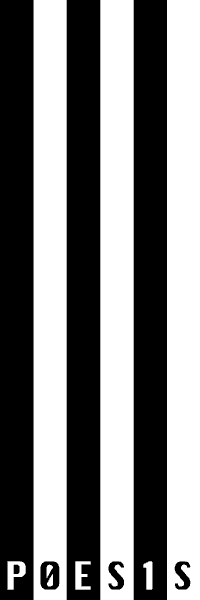Apartment
As viewers of the Apartment website type, rooms begin to take shape in the form of a twodimensional plan, similar to a blueprint. The architecture is based on a semantic analysis of the viewer’s words, reorganizing them to reflect the underlying themes they express. The apartments are then clustered into buildings and cities according to their linguistic relationships. Each apartment is translated into a navigable 3-D dwelling, so contrasting between abstract plans/texts and experiential images/sounds. Apartment is inspired by the idea of the memory palace. In a mnemonic technique, Cicero imagined inscribing the themes of a speech on a suite of rooms in a villa, and then reciting that speech by mentally walking from space to space. Apartment was realized with additional programming by Jonathan Feinberg.Marek Walczak
trained as an architect at the Architectural Association in London and Cooper Union in New York. His focus on the design process led to an interest in digital tools and interactive projects such as Apartment and recently the Interactive Table, a shared interface that replaces a keyboard and mouse with gesture recognition technology. Current projects bridge physical installations with user interaction.Martin Wattenberg’s
work focuses on visual explorations of culturally significant data. The mathematical underpinnings of a computer program are not simply tools used to create art; they are the core of his artworks themselves. His work has been exhibited at museums, galleries, and festivals worldwide.> Apartment
> Martin Wattenberg


